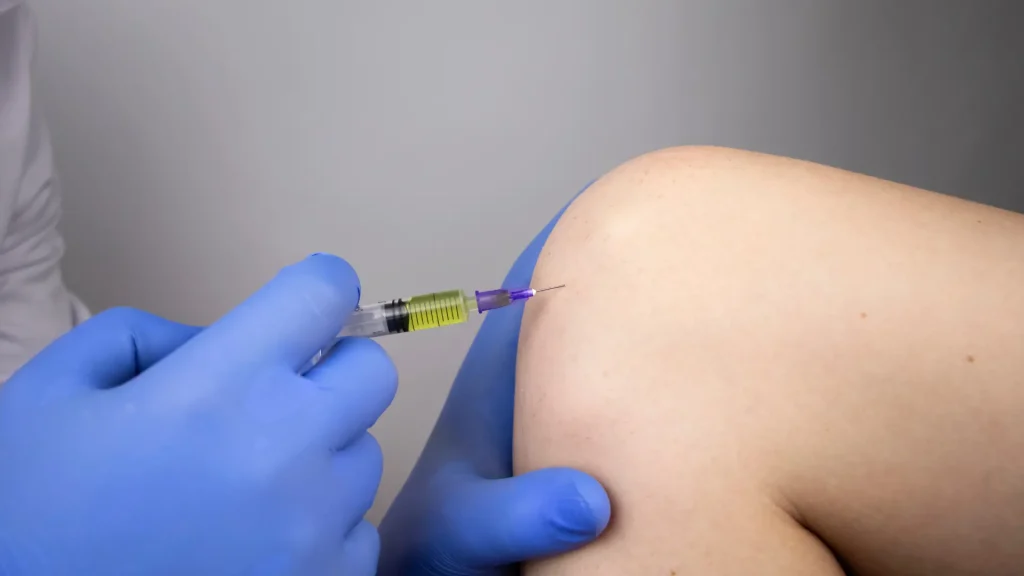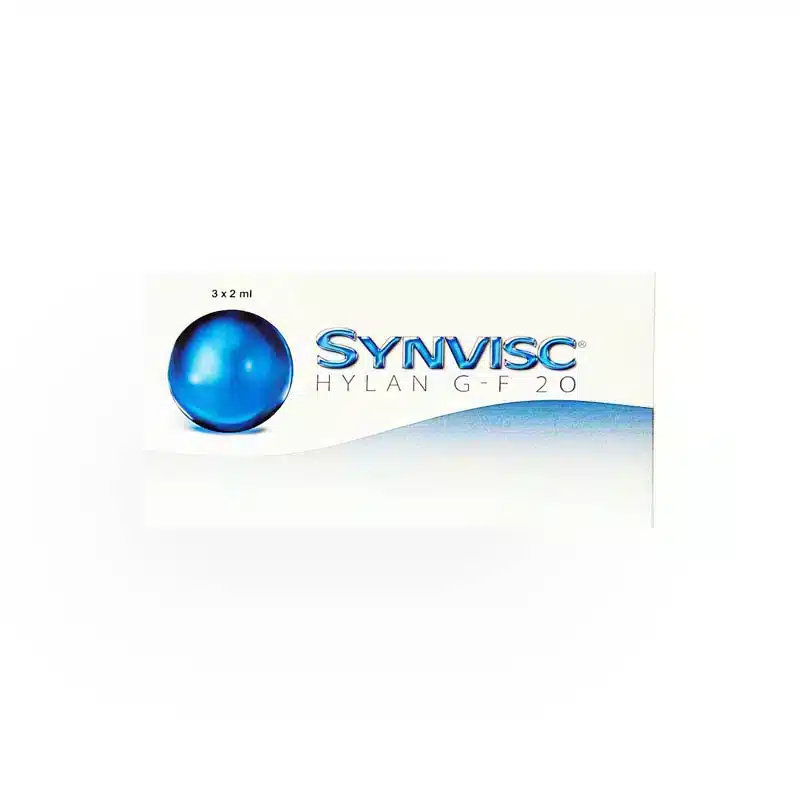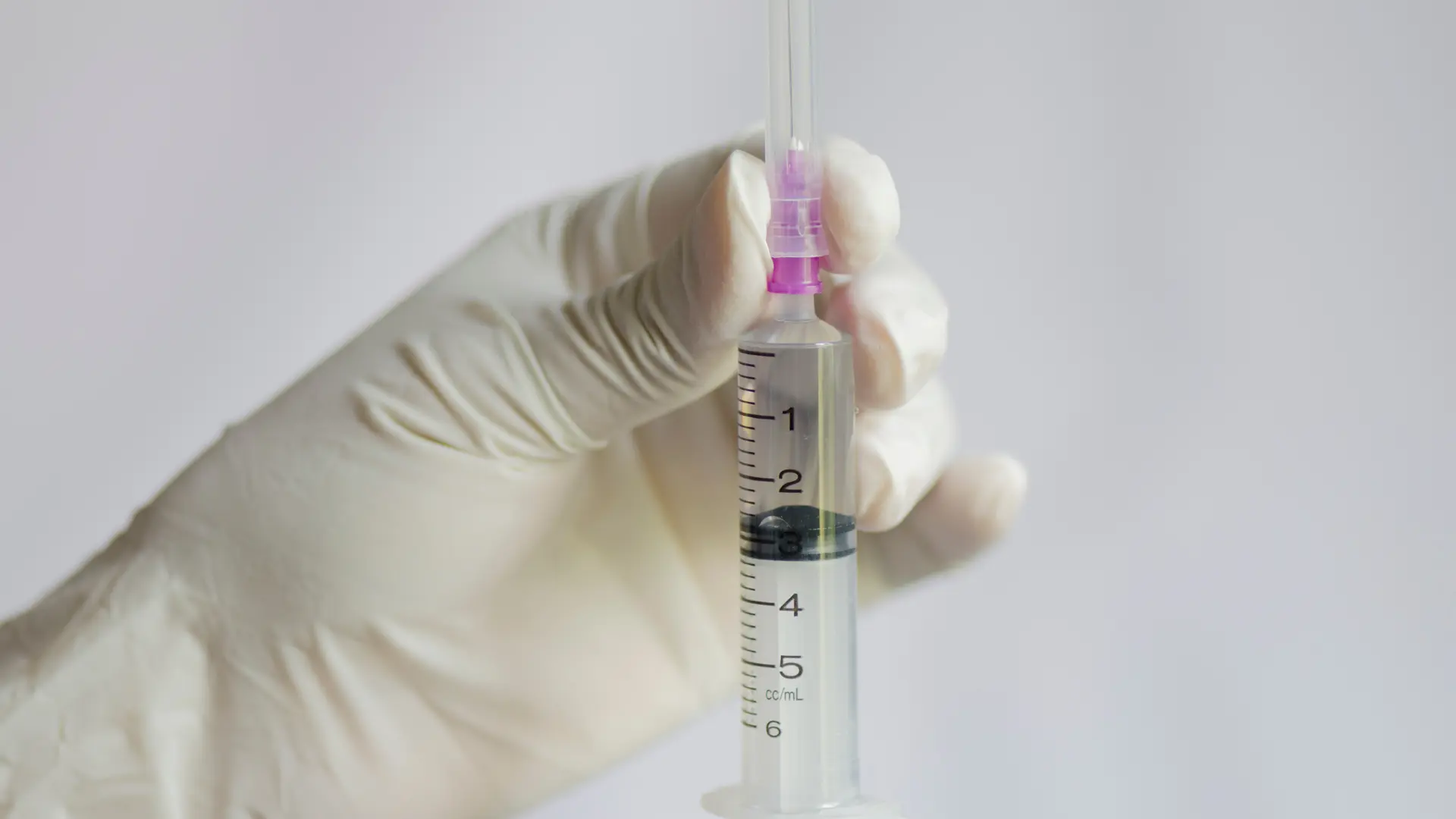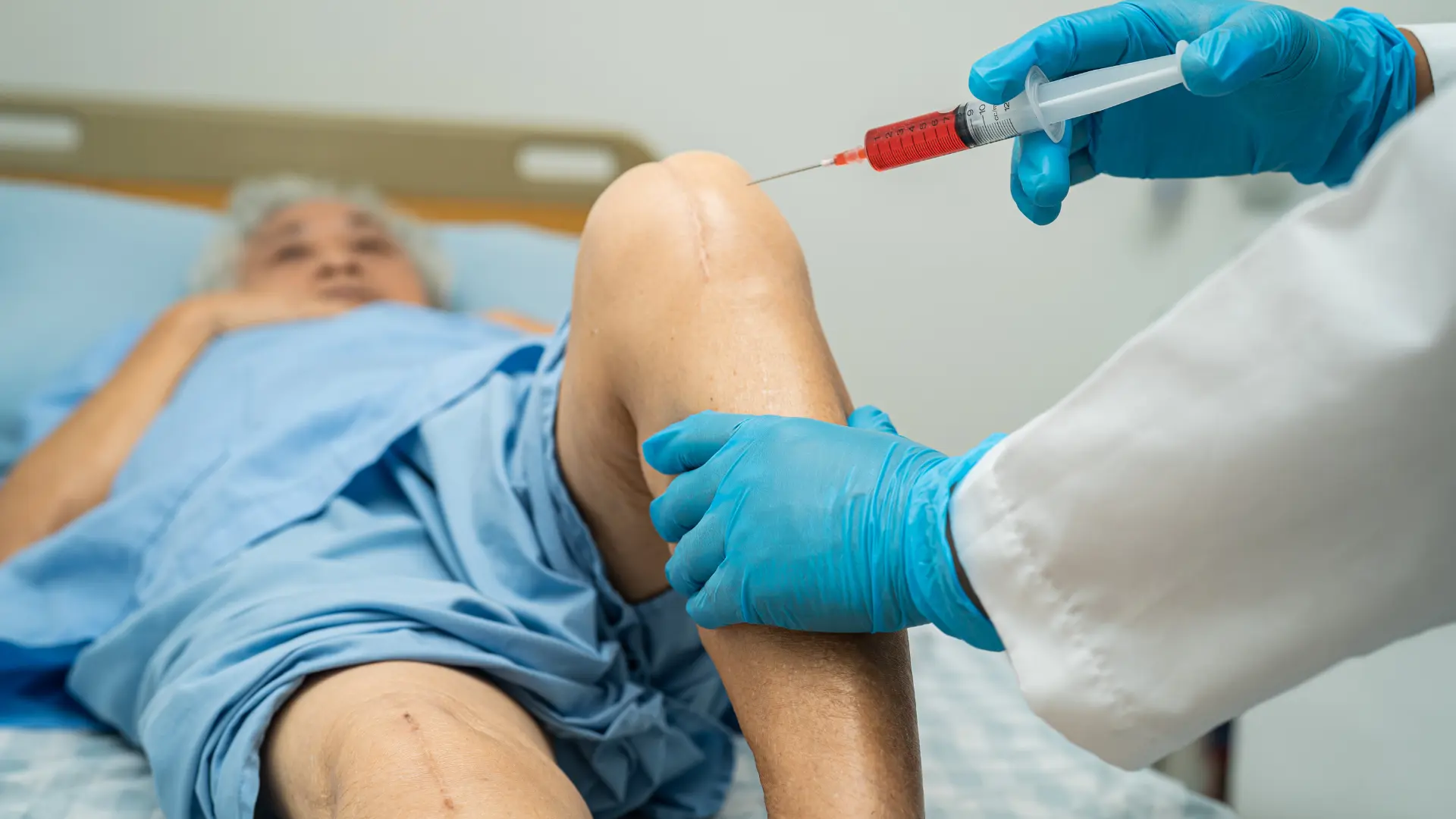Did you know that viscosupplementation’s most common side effects are mild pain and swelling at the injection site? Despite these risks, it remains a primary and effective solution for alleviating the symptoms of knee osteoarthritis.
Viscosupplementation involves injecting hyaluronic acid into the affected joint to provide symptomatic relief. Medical professionals always discuss the potential risks associated with these injections. However, they often consider Monovisc due to its minimal risk of adverse events.
This article will dive into the potential Monovisc side effects, rare but severe side effects, and proper management of these symptoms.
Key Takeaways
- Each Monovisc knee injection delivers effective results by containing 22 mg/mL of lightly cross-linked sodium hyaluronate (NaHA).
- Most patients may encounter common Monovisc side effects, which may diminish within a few days.
- Adhering to the provider’s post-treatment instructions can lead to optimal symptomatic relief outcomes.
- Patients must remain vigilant for unusual or severe symptoms after Monovisc knee injections.
- Clinical studies and medical research have found no information on the long-term side effects of viscosupplementation.
About: Medica Depot is your trusted all-in-one supplier, offering a range of high-quality medical injectables and supplies. If you’re looking to buy Monovisc wholesale, our dedicated sales agents can give you proper guidance. We offer a worry-free experience in searching for the best and most popular products on the market. Whether for health professionals, plastic surgeons, dermatologists, licensed estheticians, or other specialists, we can offer genuine, brand-name products you may need. With Medica Depot, we prioritize serving you better to improve the patient’s quality of life.
Common Short-Term Side Effects of Monovisc

Monovisc offers a single-injection therapy for individuals who have not found relief in first-line treatments, such as physical therapy or simple analgesics. This injectable utilizes ultra-pure, high molecular weight hyaluronic acid in their injections. Each Monovisc knee injection consists of 22 mg/mL of lightly cross-linked sodium hyaluronate (NaHA) to deliver potent results.
Despite Monovisc knee injections being well-tolerated and having a favorable safety profile, individuals must expect potential side effects. These are typically temporary and may resolve once the body adapts to the injectable. Most patients find that these side effects diminish within a few days.
- Localized Pain at the Injection Site: After receiving Monovisc injections, some patients may experience mild pain or discomfort directly at the injection site.
- Swelling and Redness at the Injection Site: These can occur around where the injection was administered and are a typical trauma response of the skin.
Medical professionals may recommend applying ice and avoiding strenuous activities to manage these short-term side effects. Adhering to the provider’s post-treatment instructions can lead to optimal symptomatic relief outcomes.
According to the Instructions For Use, other adverse reactions to intra-articular Monovisc knee injections include joint pain, stiffness, pain in the extremity, effusion, injection site reaction, bruising, rash, synovitis, subcutaneous nodule, and cyst.
Rare but Serious Side Effects of Monovisc
Medical professionals must also discuss the rare but severe Monovisc side effects. Equipping patients with a comprehensive understanding of these potential risks allows them to make informed healthcare decisions. Moreover, if these symptoms occur or persist, patients must seek immediate medical attention for prompt and proper management to avoid further complications.
- Infections at the Injection Site: Although uncommon, infections can occur at the site where the injection was given. Symptoms may include increased pain, redness, warmth, or drainage.
- Allergic Reactions: Rarely, individuals may develop allergic reactions to Monovisc. These can manifest as hives, difficulty breathing, or swelling of the face, lips, or throat.
Patients must remain vigilant for unusual or severe symptoms after Monovisc knee injections. Recognizing and reporting these symptoms to medical professionals can help manage them properly and avoid other risks.
It’s noteworthy that thorough consultation with medical practitioners is crucial in determining patient suitability for Monovisc or other viscosupplement. These practitioners can ensure patient safety and maximum benefits for optimal patient treatment outcomes while minimizing risks.
Long-Term Side Effects of Monovisc

Clinical studies and medical research have found no information on the long-term side effects of viscosupplementation. While these injectables for knee osteoarthritis (OA) offer safety and effectiveness, patients need to communicate with their trusted medical providers about the treatment procedure, risks, and benefits of these treatments.
Despite the well-tolerated profile of Monovisc, patients and medical professionals must monitor their knee OA condition regularly and frequently to avoid unwarranted risks. Regular assessments may include examining joint function, pain levels, and signs of adverse events.
Monovisc’s FDA approval was given in 2014, highlighting this single-injection therapy’s proven safety and efficacy in treating knee OA symptoms when first-line treatments have shown ineffectiveness. However, for unexpected or severe symptoms, patients must promptly report them to their trusted medical professionals and the US Food and Drug Administration.
Conclusion
Understanding the potential side effects of Monovisc knee injections is crucial for patients and medical professionals. While common side effects are temporary, individuals must be aware of and prepared for severe, rare side effects. Communication and close monitoring between patients and medical providers is essential to ensure the safe and effective use of Monovisc in treating knee osteoarthritis.
Moreover, the lack of long-term side effect information underscores safety, yet there is a need for continued research and regular assessment of patients undergoing viscosupplementation. Monovisc remains a valuable option for those seeking relief from knee OA symptoms, but individuals need to maintain open communication with their healthcare providers for any unexpected symptoms post-treatment.
FAQs
1. What are the common side effects of Monovisc knee injections?
Common side effects include localized pain at the injection site, swelling, and redness. These are usually temporary and may resolve within a few days.
2. Are there any rare but serious side effects associated with Monovisc injections?
While rare, serious side effects may include infections at the injection site and allergic reactions. Patients should seek immediate medical attention if they experience these symptoms.
3. Is there information available about the long-term side effects of Monovisc?
Clinical studies and medical research have not provided information on the long-term side effects of Monovisc injections. To ensure patient safety, regular monitoring and communication with healthcare providers are recommended.
References
- Knee Gel Injections (Viscosupplementation): Uses & Side Effects. (2024). Cleveland Clinic. https://my.clevelandclinic.org/health/procedures/knee-gel-injections-viscosupplementation
- MONOVISC Lightly Cross-linked High Molecular Weight Sodium Hyaluronate. (n.d.). Anikaifu.com. Retrieved August 5, 2024, from https://www.anikaifu.com/wp-content/uploads/2024/01/Monovisc-EU-AML-500-263-J.pdf











